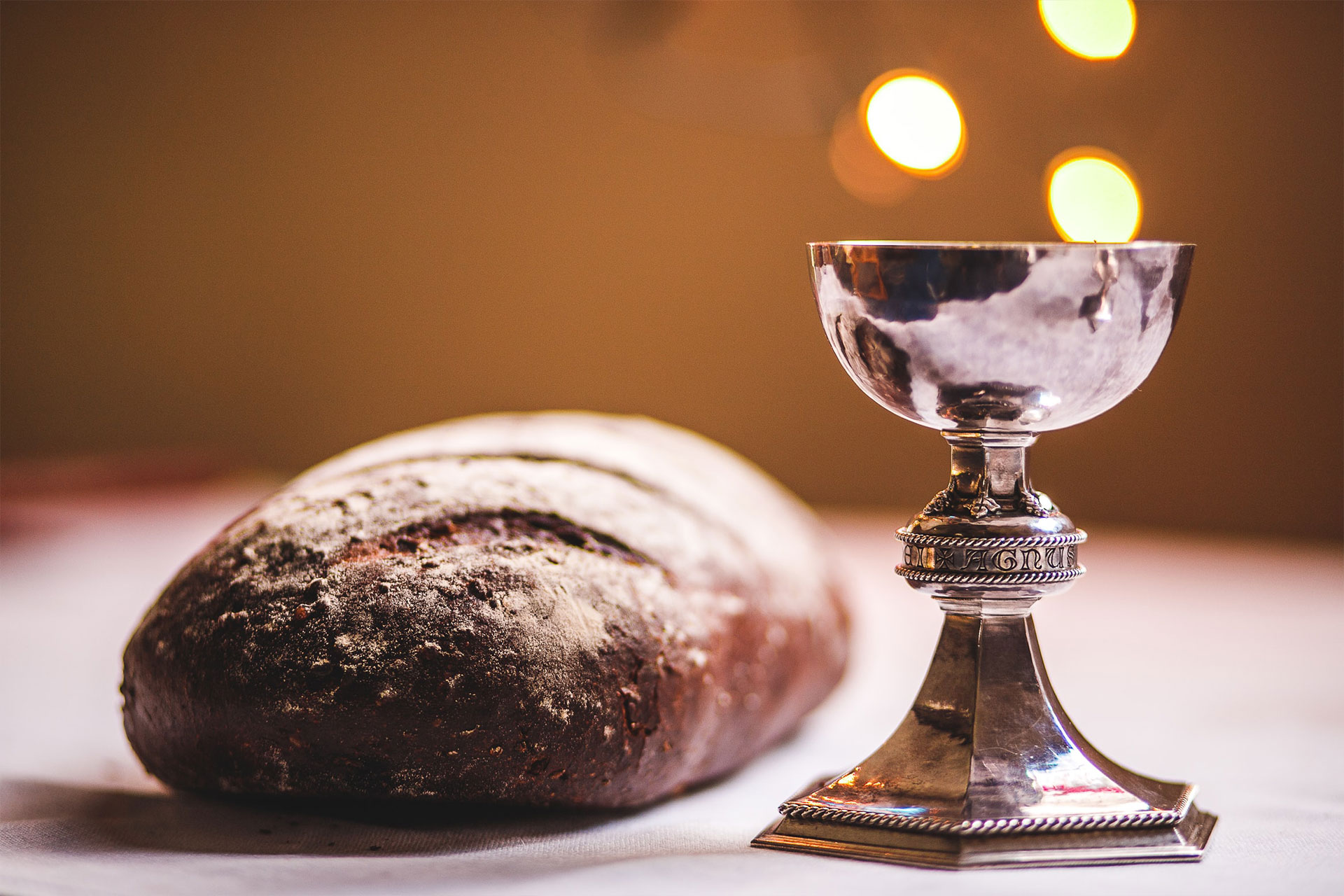Tasty reads
Moscato: the mass wine

The connection between wine and the Catholic religion has a history dating back thousands of years. Along with the consecrated host, which depicts its body, wine is a symbol of Christ’s blood, and its liturgical importance is emphasized during the celebration of Mass with the sacrament of the Eucharist. And this everyone knows.
So many imagine that the color of the contents of the chalice is red, but this has not been the case since 1565, the date of the Synod of Milan.
Few people know that the star wine of religious ceremonies is Moscato, a white wine known for its typical aromatic characteristics.
We are located in Santo Stefano Belbo, an area known for being the birthplace of the famous writer Cesare Pavese and for its beautiful wine-growing landscapes born as early as medieval times thanks to the foresight and dedication to the art of winemaking of Benedictine monks.
Bibite frates ne diabolus vos otiosos inveniat
(Drink, brothers, lest the devil catch you idle)Benedictine saying
It is in this “sacred” land of the Belbo Valley that stood the Monastery of the Congregation of the Daughters of St. Joseph of Rivalba (Monastero della Congregazione delle Figlie di San Giuseppe di Rivalba) -the Monastery of the Sisters of White Wine- which for over 100 years (since 1906) has carried on an extremely important wine-making tradition: that of Moscato as mass wine.
In this article, we explore its little-known history and do so with an exceptional guide, Maurizio Marino of Beppe Marino Winery, the current producer of this cult drink.
The Congregation of the Daughters of St. Joseph, was founded by Blessed Clemente Marchisio, a priest from the small town of Rivalba, in the province of Turin, who was a close friend of Giovanni Bosco, Domenico Savio, and Giuseppe Benedetto Cottolengo.
Clemente Marchisio, during his lifetime, had done much in the support of needy girls, indoctrinating them in the monastic way and focusing their activities on all the steps of the Eucharistic Celebration: production of hosts, wine, creation of vestments, candles, etc…
Hence the opening of real houses specializing in each step located throughout Italy: in Niguarda for wafers, in Rome dedicated to cleaning in the Vatican, and in Santo Stefano Belbo for wine production.
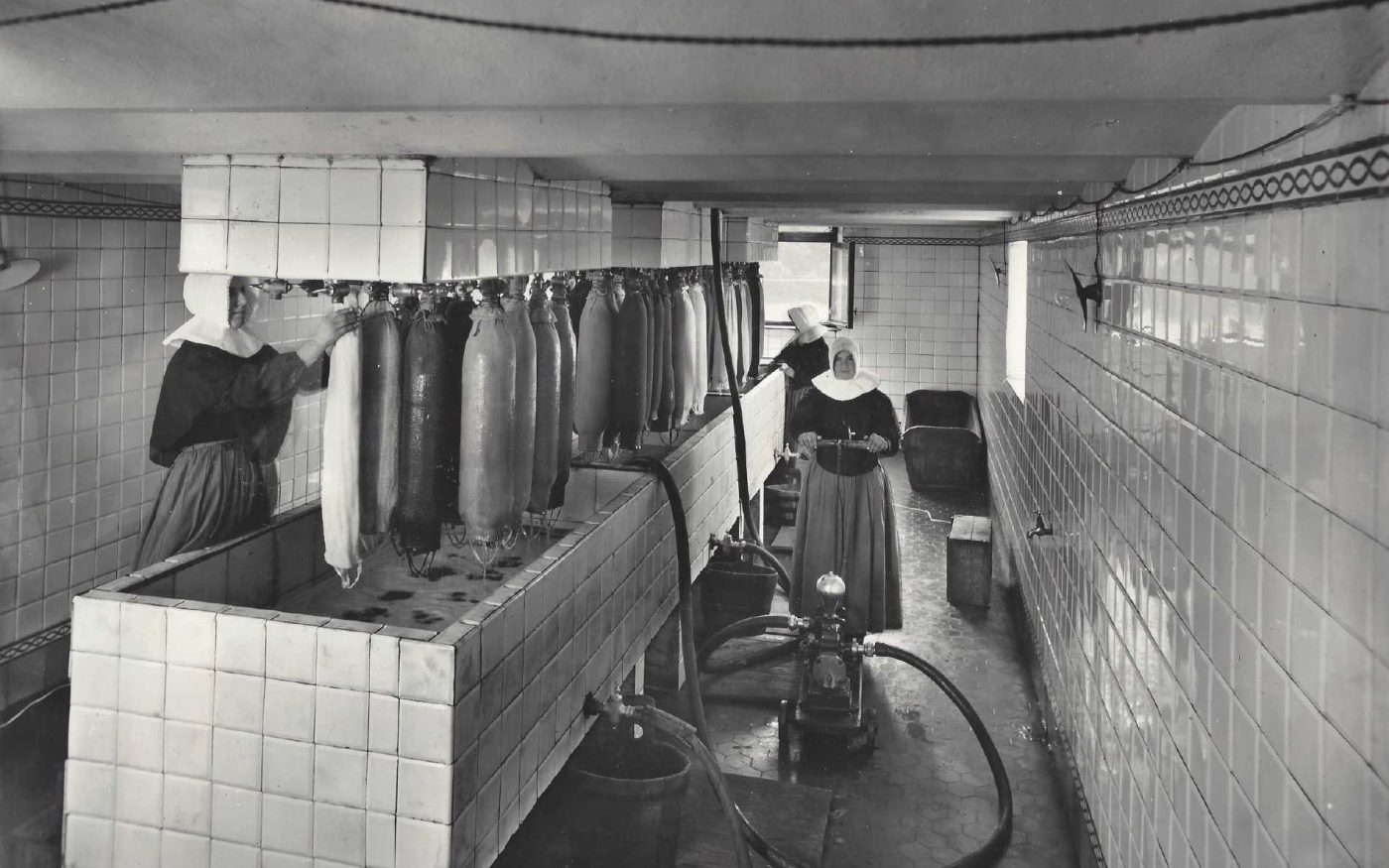
It all began almost as a joke, but soon it was determined that Moscato was an ideal wine for mass: light in alcohol content (to be able to hold more masses) and aromatic, thus pleasant to drink.
The one produced by the nuns 40/50 years ago-also, it was exceptionally good and differed from the others for one simple reason: only the best grapes were selected, which were then processed according to a precise criterion, despite the fact that modern production methods were not yet available.
This modus operandi is still carried on today, after all this time.
This was first and foremost due to a land-related issue: grape production in the Santo Stefano Belbo area was mainly moscato.
Another interesting reason was that white wine had the advantage of not staining the tablecloths.
Vinum debet esse naturale de geminine vitis et non corruptum
(WINE MUST BE NATURAL, FROM THE FRUIT OF THE VINE AND NOT CORRUPTED)Libro IV can 924 art 3, Codice di Diritto Canonico
In addition, the Code of Canon Law, which was still in effect, prepared some rules that a wine had to have in order to be considered “for Mass”: it had to come from ripe grapes and not be soured or corrupted otherwise it became unfit for purpose. And for this the Moscato grape lends itself very well.
Today, with regard to the process to be followed in order to qualify as such, mass wine must receive a clearance from the Bishop’s Curia following a quality check performed on a sample sent to the laboratory.
Maurizio — Compared to the production of a classic Moscato, the one for mass is less sweet. Ours, for example, is around 125-135 g/l residual sugar depending on the vintage, while the one for mass is around 100, maximum 105: in fact, it should not knead or be cloying.
It is also slightly more alcoholic, making about 6, 7 degrees unlike the 5 of the Moscato that is marketed.
The biggest difference, however, is the CO2 because it is a completely still wine. This I think because 50 years ago, as there was no modern system of producing “bubbles”, the risk of bottle explosion was greater. I also think that this choice today is meant to keep alive a long tradition and also encourage practicality in drinking during Mass.
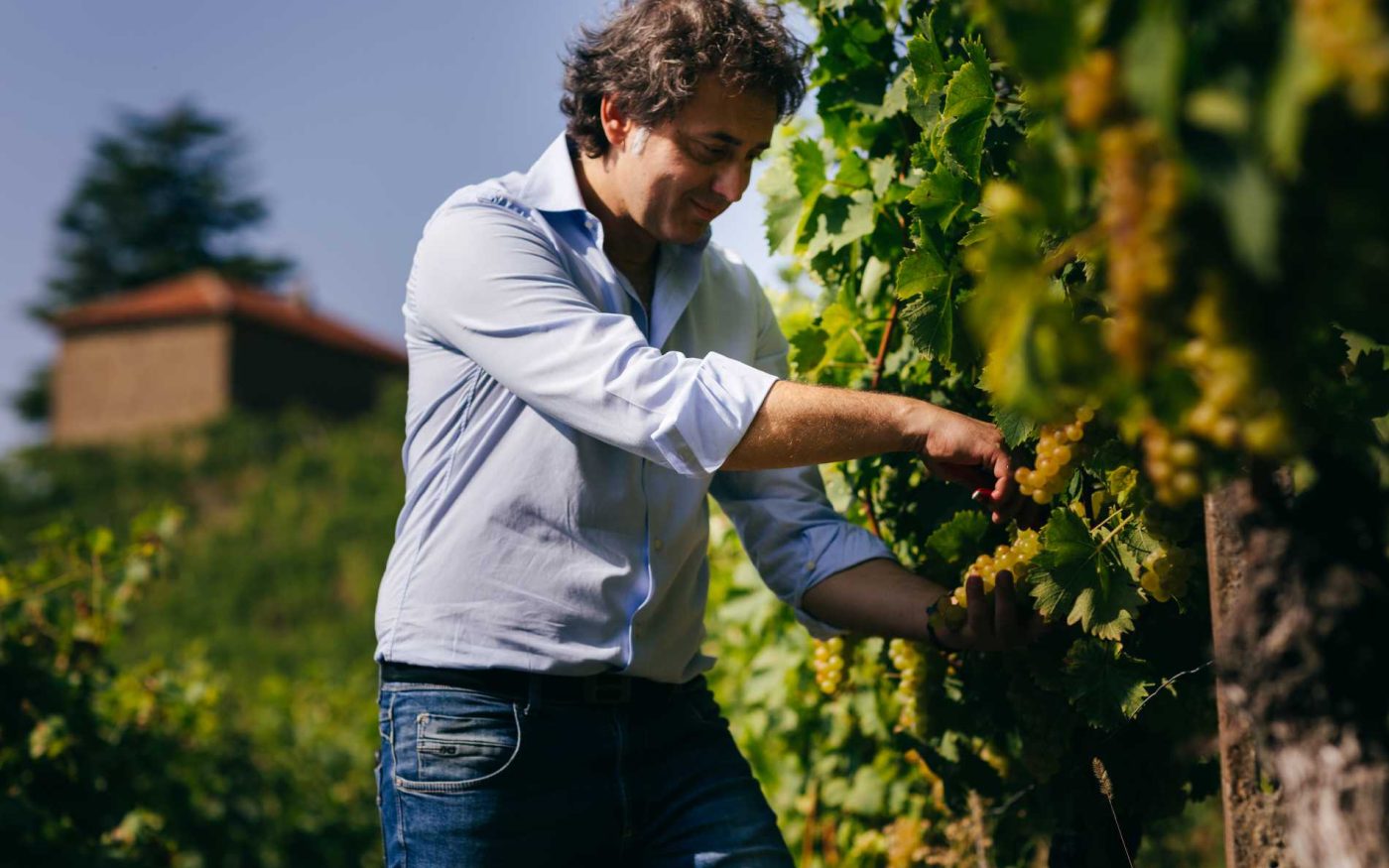
Maurizio — The Monastery is a luster for the Belbo Valley, both for its historicity and for its features. Over the years, it has somewhat lost the religious aura that it had in the past – I think of the postwar period, there were about 20 nuns here, which grew to about 40 during harvest time.
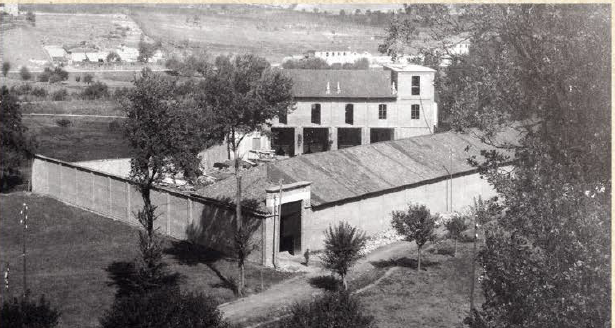
The winemaking of Moscato as a mass wine was a work followed exclusively by the nuns in all its steps.
In the 1990s, post-methanol scandal, all production was revolutionized: in addition to major restructuring, more technological machinery was purchased.
It was a congregation that really was part of society: when I was a child, the sisters lived the territory, they were active and dynamic. This pleasant memory triggered in me the intention to continue their work, our company also being very close to the Monastery.
I think it is very important to remember and carry on traditions like this, no matter how much you may or may not be a believer, because they are part of the history of an area and a community of people who have contributed so significantly, making them live forever.
Maurizio — The bottles we produce are destined all over Italy and partlyabroad, where the sisters continue undaunted to operate in the area, always trying to maintain very high quality standards and carrying on a message of continuity, despite the fact that there are fewer of them than in the past, unfortunately.
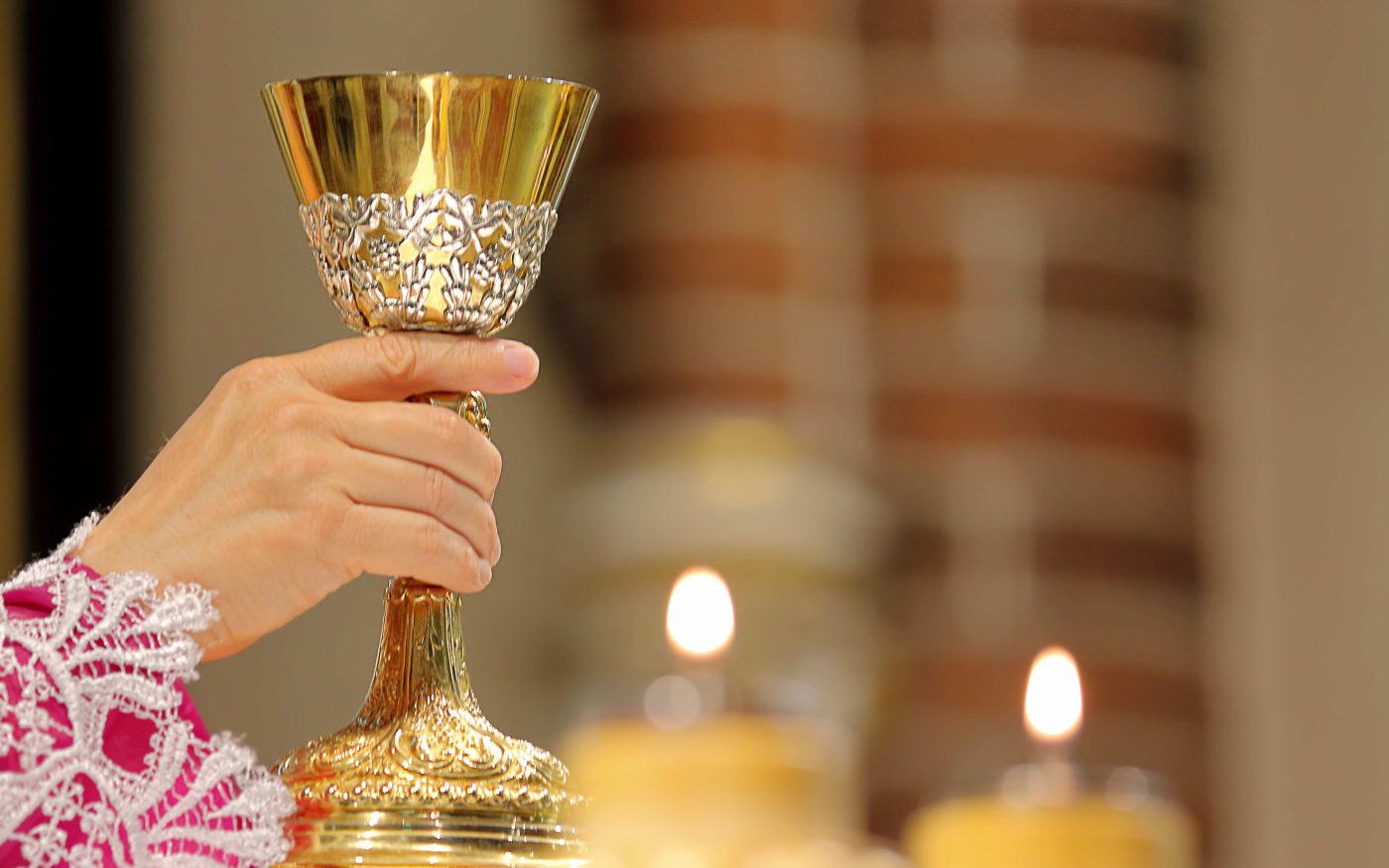
For those who have the curiosity to taste this wine, they will have to give up: as a matter of purely moral and respect, since it is intended for the masses, it cannot be tasted. You have to leave room for imagination, but already knowing the story I think it is satisfying!
